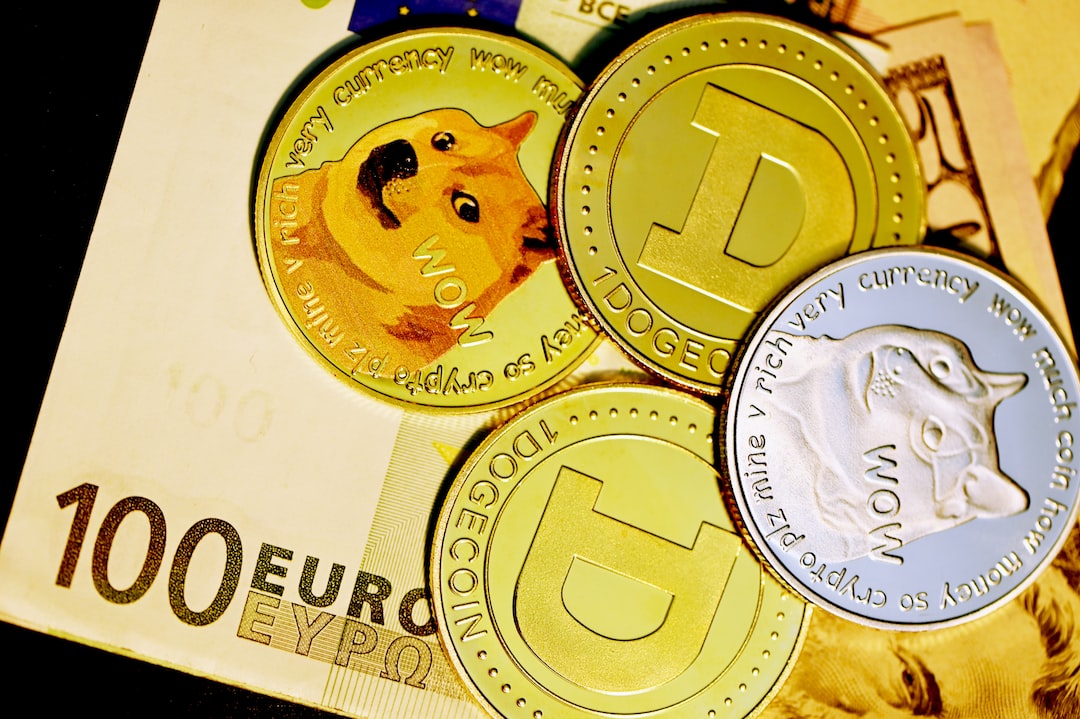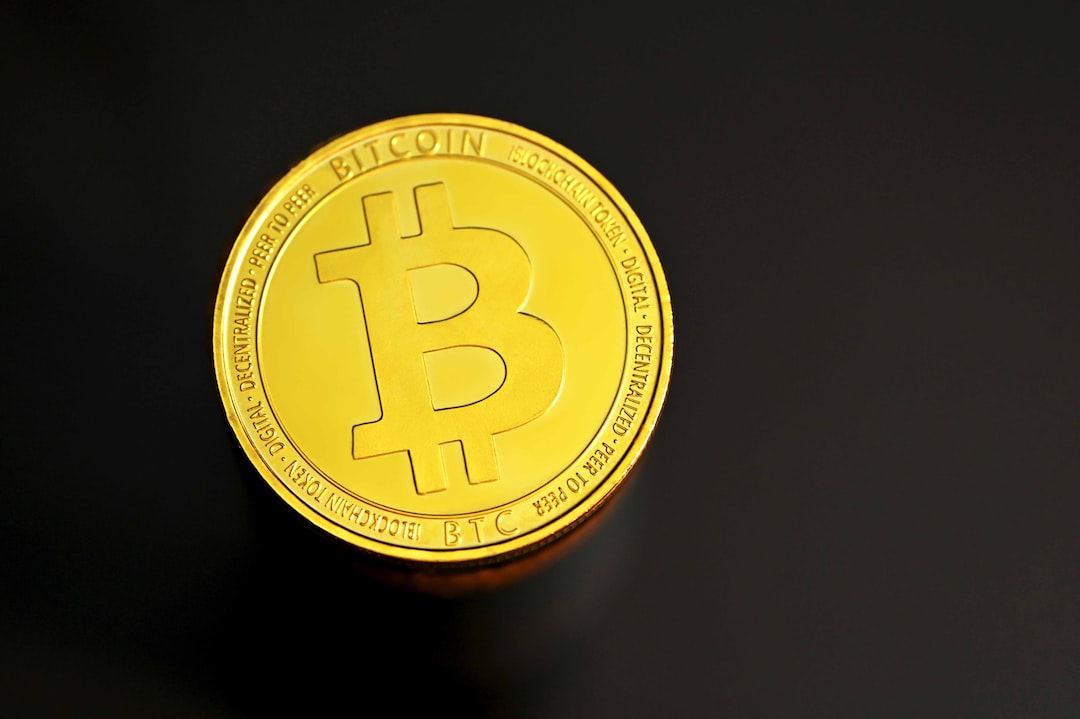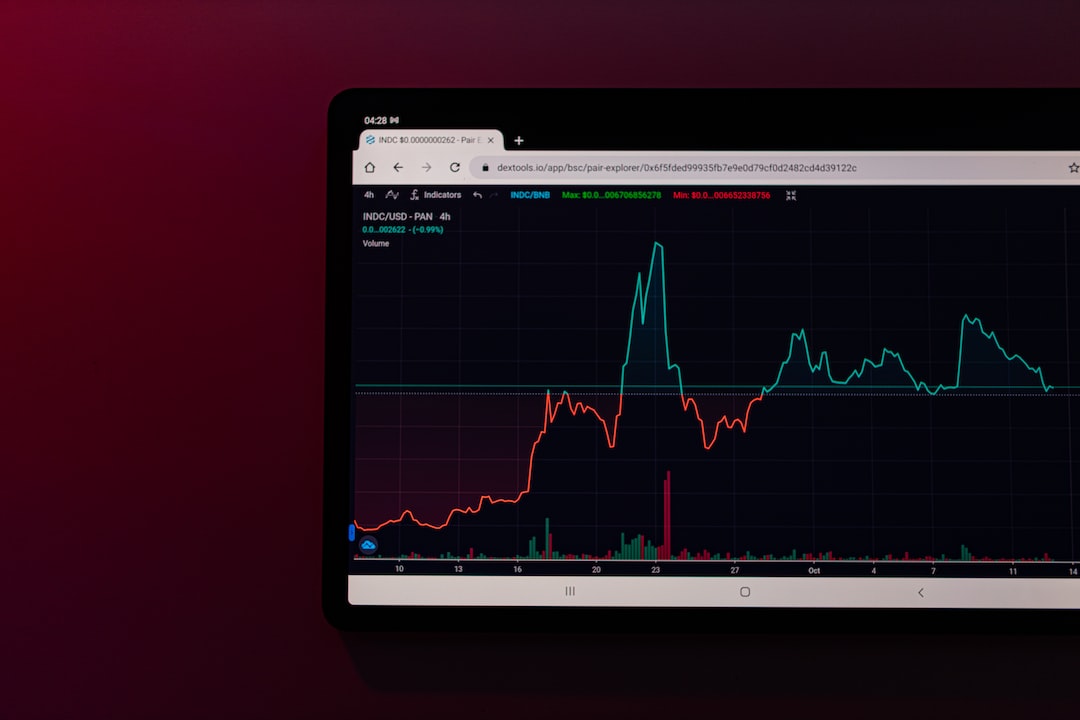Protecting Your Digital Assets: Safety Measures for Crypto Wallets
Cryptocurrency is a digital asset that requires protection just like any other form of wealth. As a crypto investor, it is crucial to understand the safety measures needed to protect your digital assets. One of the most important aspects of safeguarding your cryptocurrency is securing your crypto wallet. In this article, we will discuss the safety measures you can take to protect your digital assets in your crypto wallet.
Understanding Crypto Wallets
Your crypto wallet is where you store your digital assets, such as Bitcoin, Ethereum, or any other cryptocurrency. There are different types of crypto wallets, including hardware wallets, software wallets, and paper wallets. Each type has its own security features and vulnerabilities.
Hardware Wallets: Hardware wallets are physical devices that store your cryptocurrency offline, making them less susceptible to hacking. They are considered one of the most secure options for storing your digital assets.
Software Wallets: Software wallets are applications or programs that you can download onto your computer or mobile device. While convenient, they are more vulnerable to cyber attacks compared to hardware wallets.
Paper Wallets: Paper wallets involve printing out your public and private keys on a piece of paper and storing it in a secure location. While they are secure from online hacking attempts, they are susceptible to physical damage or theft.
Safety Measures for Crypto Wallets
Now that you have an understanding of the different types of crypto wallets, let’s discuss some safety measures you can take to protect your digital assets:
- Use Strong Passwords: When setting up your crypto wallet, use a strong and unique password that includes a combination of letters, numbers, and special characters.
- Enable Two-Factor Authentication (2FA): Adding an extra layer of security with 2FA can help prevent unauthorized access to your crypto wallet.
- Keep Your Private Keys Secure: Your private keys are like the keys to your safe deposit box. Keep them secure and never share them with anyone.
- Regularly Update Your Software: If you are using a software wallet, make sure to regularly update the application to patch any security vulnerabilities.
- Backup Your Wallet: Create backups of your wallet and store them in multiple secure locations. This will ensure that you can still access your digital assets if something happens to your primary wallet.
- Avoid Phishing Scams: Be cautious of phishing attempts where scammers try to trick you into revealing your private keys or sensitive information.
Safeguarding Against Theft and Loss
In addition to securing your crypto wallet with strong passwords and 2FA, it is important to take precautions against theft and loss of your digital assets:
- Use Cold Storage: Consider using a hardware wallet for long-term storage of large amounts of cryptocurrency. Keeping it offline reduces the risk of theft via hacking.
- Diversify Your Storage Locations: Avoid keeping all your digital assets in one place. Consider spreading them across different types of wallets and storage locations for added security.
- Beware of Public Wi-Fi: Avoid accessing your crypto wallet on public Wi-Fi networks as they may be insecure and susceptible to interception by hackers.
Educate Yourself about Security Best Practices
The world of cryptocurrency is constantly evolving, and so are the security threats associated with it. It is important to stay informed about the latest security best practices and be proactive in protecting your digital assets. Educating yourself about potential risks and how to mitigate them will go a long way in safeguarding your investments.
Frequently Asked Questions (FAQs)
What should I do if I lose access to my crypto wallet?
If you lose access to your crypto wallet due to forgotten passwords or lost private keys, having a backup stored in a secure location will allow you to regain access. It is essential to follow the recovery process provided by the specific wallet provider.
I’ve heard about hardware wallets being physically damaged or lost. How can I safeguard against this?
To protect against physical damage or loss of a hardware wallet, consider creating multiple backups of the recovery seed provided by the device manufacturer. Store these backups in secure locations such as bank safety deposit boxes or fireproof safes.
What should I do if I suspect unauthorized activity on my crypto wallet?
If you suspect unauthorized activity on your crypto wallet, immediately transfer any remaining funds to another secure wallet and report the incident to both the wallet provider and relevant authorities. Additionally, change all associated passwords and private keys as soon as possible.
In conclusion,
Safeguarding your digital assets in a crypto wallet requires proactive measures such as using strong passwords, enabling two-factor authentication, backing up data securely, and staying vigilant against potential threats.
By following these safety measures and staying informed about best security practices, you can protect yourself from potential losses due to theft or hacking attempts on your cryptocurrency holdings.
Remember that securing your digital assets is an ongoing process that requires diligence and awareness of potential risks.
Now that you have learned about protecting your digital assets through safety measures for crypto wallets,
Are there any questions or concerns that you may have regarding this topic? Let us know!





 By
By
 By
By

 By
By
 By
By
 By
By